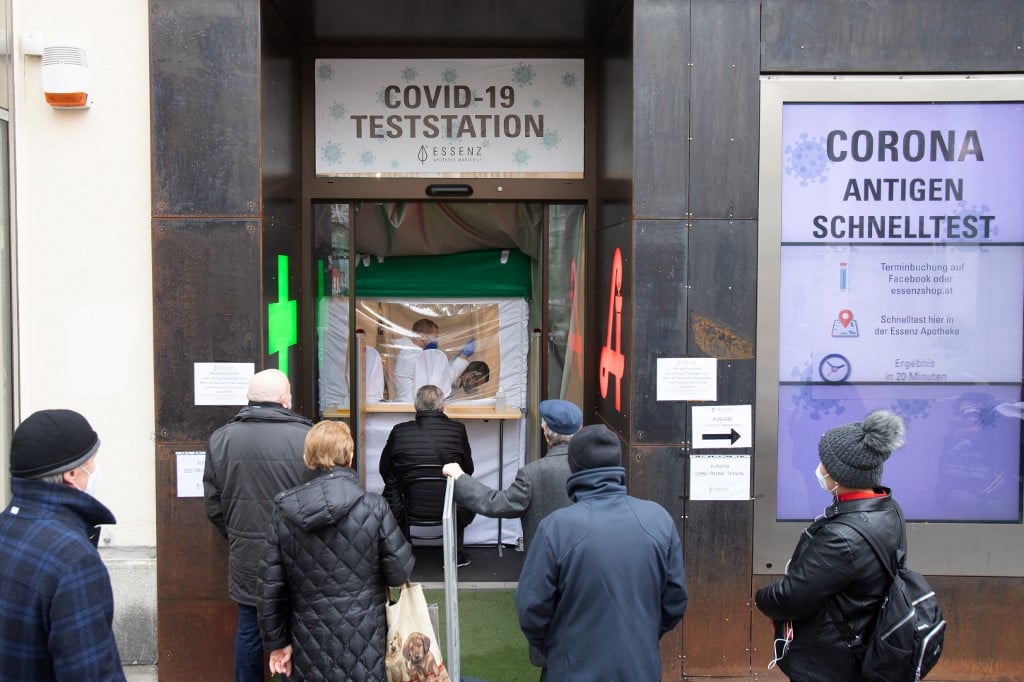The Austrian government spoke about the pandemic year at a press conference on Friday.
Health Minister Rudolph Anschober, Danielle Spera from the Jewish Museum, physician Günter Weiss, virologist Puchhammer-Stöckl, simulation researcher Niki Popper and psychiatrist Michael Musalek all gave their take on the situation in Austria after one year of coronavirus.

Vaccination is reducing deaths
Anschober described the pandemic as having changed everyday life more than any other event in the last few decades. He said although it was expected there would soon be increasing numbers of infections soon, the number of deaths had fallen from 100 to around 30 per day.
The death rate was falling in old people’s and nursing homes. This shows the vaccination campaign is working. Austria is also one of the top countries in Europe in terms of testing.
Mutation fears
The spread of the mutations of the virus is a cause for concern. As soon as the proportion of mutations in the total infections is 15 percent, the situation could change, warned Anschober.
Contact tracing is crucial for the next few weeks, but shortly after Easter, more than a million people and most of the risk groups will have been vaccinated. He does not want to anticipate when further opening steps will be taken.
Günter Weiss said there was still no really effective drug to help people who experienced a severe course of coronavirus.

Increase in infections
Niki Popper said there was an increase in infections, which could be due to increased testing and the R rate was over one. However, 1.3 to 1.5 million Austrians cannot get the disease at the moment either because they were previously infected or because they have been vaccinated.
It is vital to keep the number of infections stable or falling from now on by constant testing and isolation. Otherwise the next opening steps will be difficult.
In the long run, the coronavirus will remain a fact of life due to mutations, said both Popper and Anschober.
People 'more irritable'
Musalek spoke of the psychological effects of the pandemic on society and said people were more irritable, mental illnesses and domestic violence were increasing.



 Please whitelist us to continue reading.
Please whitelist us to continue reading.
Member comments